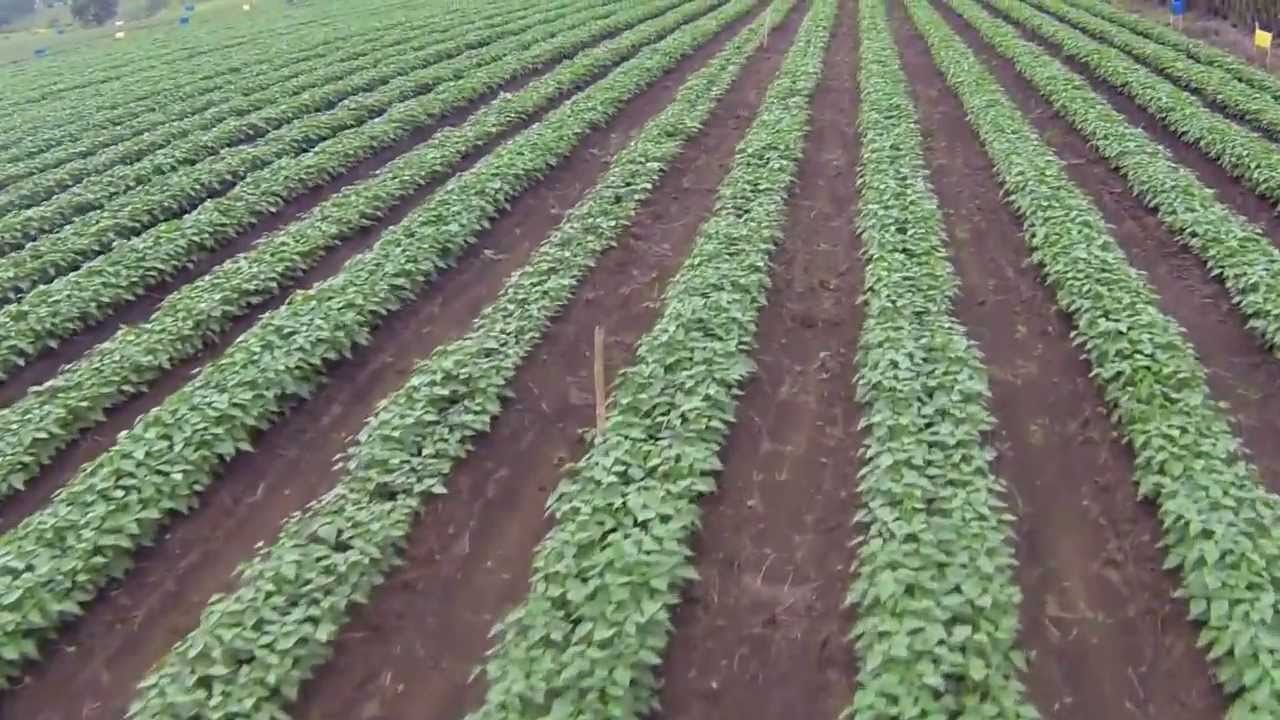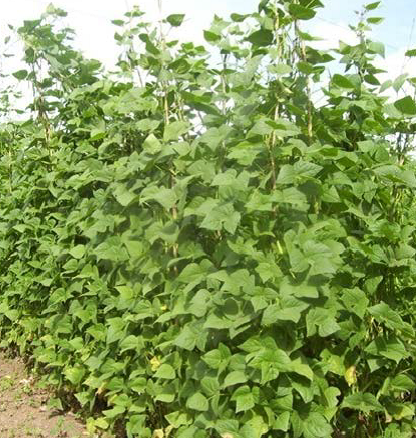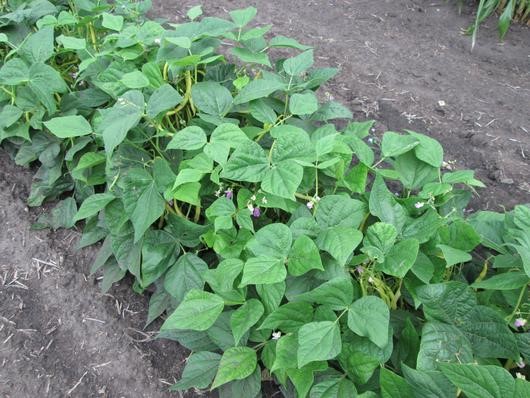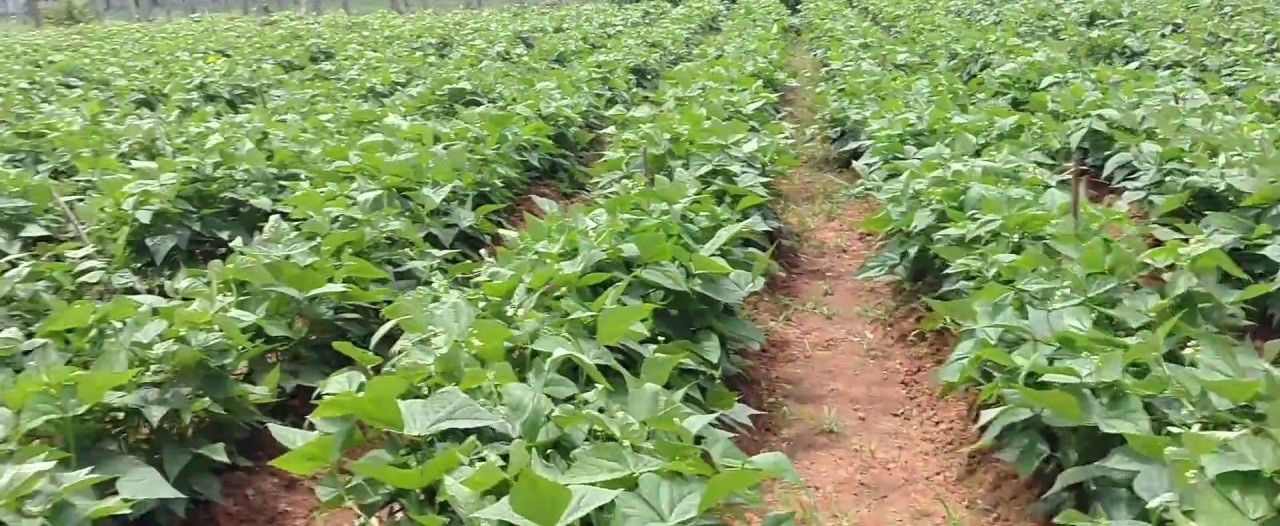Beans
Varieties
1.0 INTRODUCTION
Over 80% of farmers in Malawi grow beans, alongside other cash crops such as maize and cassava. Beans are eaten as immature ponds or as ripe beans and they are eaten as a compartment to maize, the main staple food in Malawi.
The core objective is to improve knowledge and skills among small scale farmers involved in Bean farming to produce an increased Bean yield sustainably.
By the end of this lesson, the farmer should be able to understand:
- Good management practices for bean production
- How to control pests and diseases
- Methods to improving bean productivity
- Acquire knowledge on post-harvest handling of beans
2.0 VARIETY SELECTION & ENVIRONMENTAL REQUIREMENTS
2.1Temperature
- Bean crop is a warm season crop with optimum growing temperature of 150C - 250C.
2.2 Soil
- Sandy loam soil with good drainage is ideal for beans. It should have pH range of 5.3 – 6.3. Poor drainage soils cause root rotting diseases.
2.3 Rainfall
- Rainfall amounting between 300 – 600mm per annum. Some small amount of rain is required during flowering and pod setting stages. However, there should be dry weather conditions during harvesting, drying and threshing.
2.2. Bean varieties



The commonly cultivated varieties in Malawi include the following
Dwarf (Bush or determinate)
- Nasaka – it is kidney shaped with tan seed coat-colour
- Bwenzilawana- is round shaped and yellow seed-coat colour
- Kamtsilo – blue seed coat and kidney shaped
- Saperekedwa / sapatsika – red seed-coat and kidney shaped
Climbing (Tall or indeterminate)
- Kanzama – red seed-coat colour and round shaped
- Namajengo – red seed coat colour and kidney shaped
Semi-dwarf
- Maluwa – round shaped with red and white patches
- Nagaga- Khaki colour and kidney shaped
- Nanyati- khakhi brown and kidney shaped

